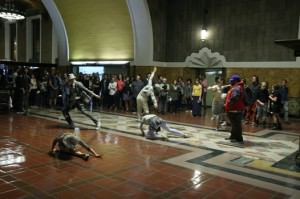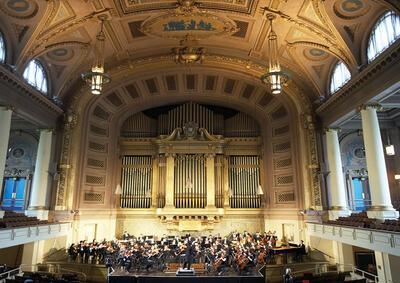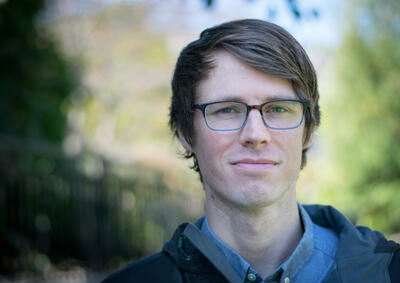Invisible Cities, the Wandering Opera Through Union Station, Is a Welcome Adventure
 By Christian Hertzog
By Christian Hertzog
LA Weekly Blogs
"It is not the voice that commands the story: it is the ear."
This aphorism appears on the cover of the program to Christopher Cerrone's opera Invisible Cities. Yet in the Industry's fascinating production at Union Station, it is not the ear shaping the story, but rather the eye.
Usually in opera, the blocking and lighting focus the audience's attention on the characters and actions that the director feels are most important. In Yuval Sharon's site-specific production, each audience member must choose where in Union Station to observe the opera and what characters or dancers to follow.Figuring out exactly who the performers were was tricky -- Kublai Khan first appeared as a plainly dressed man in a wheelchair amid train station passengers. A black man in a worn flannel shirt, sleeveless hoodie and blue cap wandered through the waiting room, seemingly another homeless person; when he suddenly sang, we realized he was Marco Polo. Eight dancers from LA Dance Project were easier to spot, due to their stylized movements and, at times, their ghostly costumes by E.B. Brooks.
Lit majors may pout that the opera does not adequately portray its source material, Italo Calvino's Invisible Cities, a collection of prose poems about 55 imaginary cities as told by Marco Polo to Kublai Khan. But what art form could do justice to it? Think of Cerrone's opera instead as a brilliant gloss on Calvino.
Using text from the English translation (by William Weaver), Cerrone's libretto delves into three cities -- the last an eerie port where every citizen resembles dead people others have known -- and explores the dynamics between the experienced traveler, Polo, and the powerful but fading emperor, Khan.





